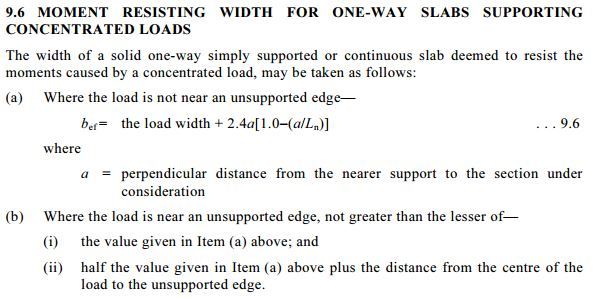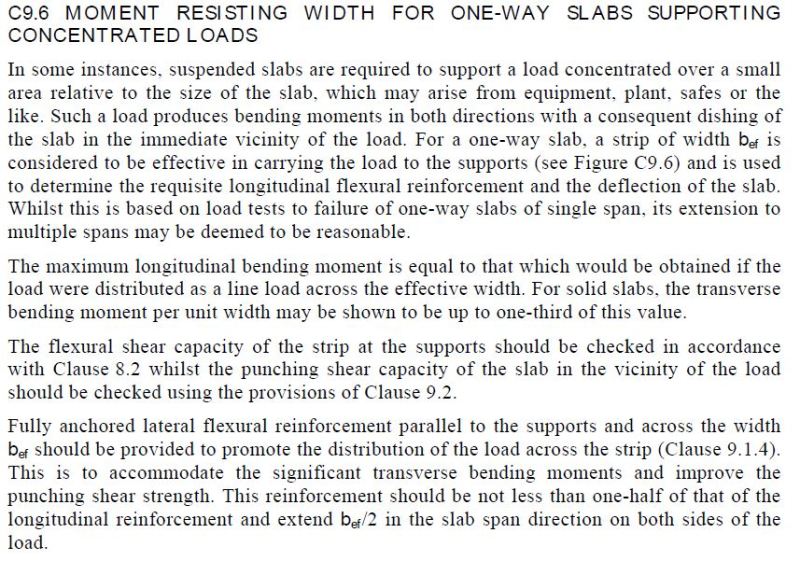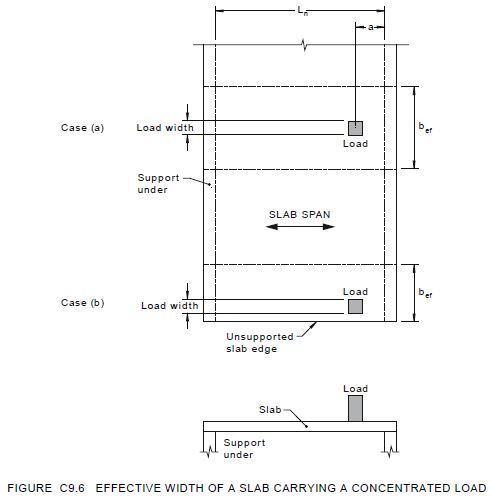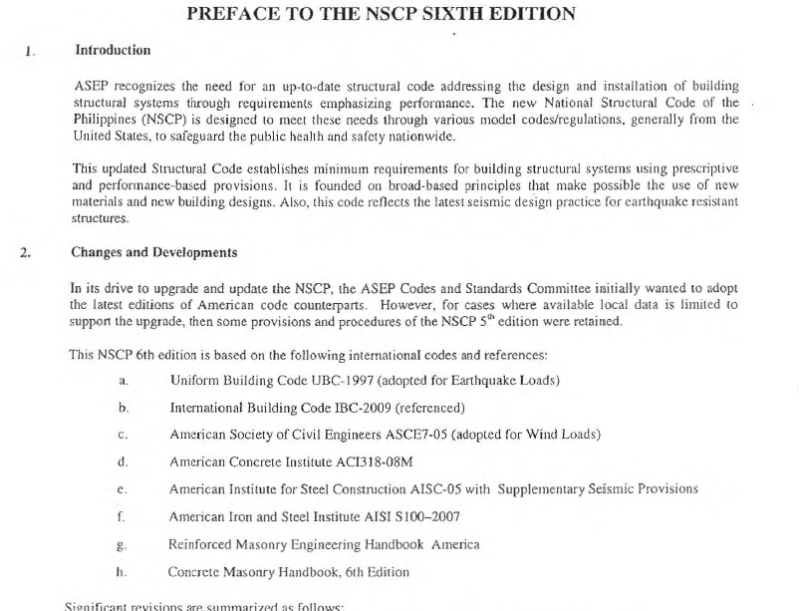engrjenjen
Structural
- Jul 20, 2015
- 16
I will be designing a one-way slab with 3m by 7m spans. The slab will carry point loads due to the reaction from a machine with 0.6m by 2.5m area. How will I distribute these loads over the span? I am confused whether the weight of the machine should be distributed over the entire span or should I convert first the weight (KN) over the area (m^2) covered by the machine. The two will have a big difference when it comes to the conversion of loads.




![[smile] [smile] [smile]](/data/assets/smilies/smile.gif)
![[thumbsup] [thumbsup] [thumbsup]](/data/assets/smilies/thumbsup.gif)
